The manufacturing process of stair ceramic tiles are presented in this article. This is in fact an analysis overview on this process.
Ceramic District, a tile firm based in Germany, produces high-end items that are created in Germany and specifically cater to the requirements of interior designers and architects. This makes it possible for Ceramic District to produce amazing ceramic architecture.
Ceramic District has produced a video that is stunningly shot and displays a succession of sequences that allow viewers to have a glance within the walls of what appears to be an abandoned industrial facility.
Clay, feldspar, quartz, and kaolin are some examples of the natural raw materials that are shown going through a variety of manufacturing processes.
These processes include being scooped up by an excavator, trickling off conveyor belts, flowing through chutes, being mixed in enormous drums, being fired, and finally being stacked into orderly stacks of finished tiles.
There are, as a matter of fact, a great number of different kinds of people involved in the production of ceramic tiles. The Steuler Tile Group, which has been family-owned and operated for four generations and is one of the major producers of stoneware and porcelain tiles in Germany, founded Ceramic District in the year 2020.
These roots can be traced back to Mühlacker in Baden-Württemberg. The more than 150 years of history that the Steuler brands have accumulated confirm their knowledge.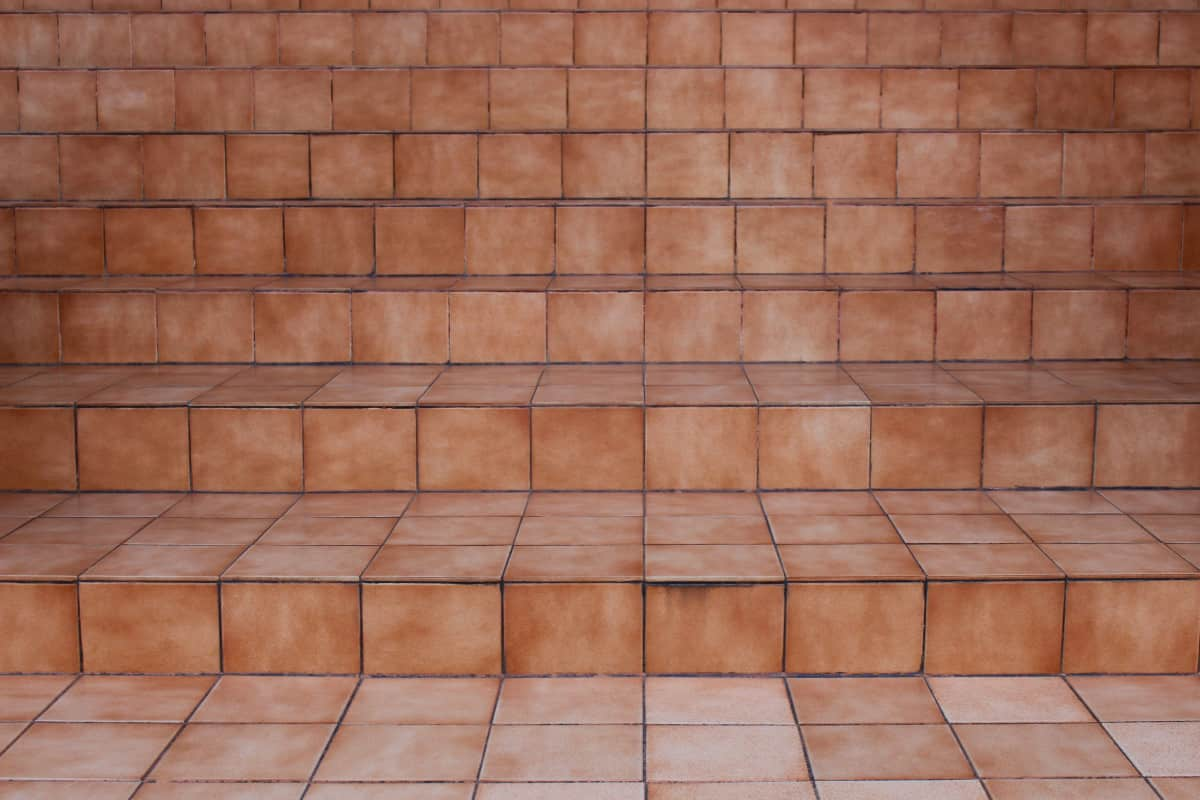
The meticulously curated range of one-of-a-kind materials that Ceramic District offers directly satisfies the requirements of architectural and design professionals. Each individual customer’s project receives guidance and assistance from the knowledgeable individuals working for the organization.
The most recent additions to the product line consist of four different collections that are still connected to one another. These collections are the first ones that were designed particularly for the Ceramic District portfolio.
When developing the company’s collections, the company’s designers and ceramists conducted research on the most recent technological advancements and put those advancements to the test in order to reach the best possible quality and design standards. Porcelain stoneware with a thickness of six millimeters is turned into one-of-a-kind pieces that are manufactured in series for each of the four collections.
For example, Feuergold uses a digital printing process to imprint actual 24-karat gold onto the tile. The surface of the anthracite-colored porcelain is covered by it like a thin film, and this allows the grain of the original tile to be seen through it in a subtle way.
Feuergold was developed specifically for use in luxurious environments, such as hotels, spas, or high-end interiors of residences, where a touch of glitz and glamour are desired to make the walls dazzle.
One of the terms used in the production of ceramics was appropriated by the creators of the Quarzsprung series. This is a reference to the quartz inversion point,
which is an important time during the heating and cooling of a ceramic mass when the crystalline structure of quartz changes, which in turn impacts the specific volume of the material.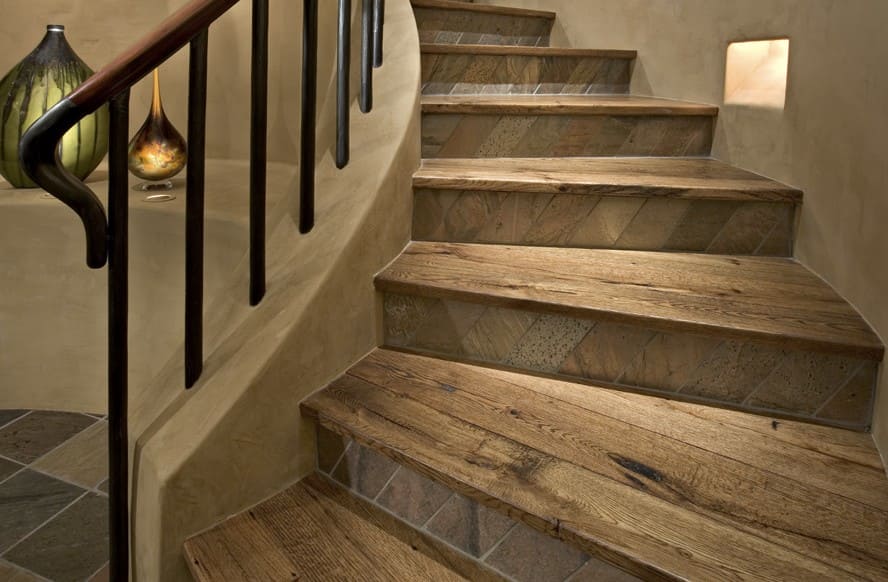
During the manufacturing process, this property of the material must be taken into consideration in order to forestall the formation of fractures or fissures in the burned component.
The name of the collection was derived from a chemical reaction, but the actual design of the collection was inspired by the way viscous glazes flow.
In addition, the design was designed in a manufacturing context, much like that of the other tile collections, according to Stefan Grimmeisen, who is the head of the Ceramic District division, which was just recently established.
A base that was the color of anthracite was covered with a glaze that was created of titanium dioxide and then burned. Following the many experiments, twelve distinct patterns manifested themselves.
It goes without saying that recreating such surfaces in a studio, and much more so in graphics software, can be a difficult task.
The twelve scanned motifs are digitally printed onto tiles measuring 30 cm by 30 cm, and the tiles are afterwards encased in a glassy surface to protect them from any potential physical or chemical damage.
The pattern of the tile, which was designed to be used for wall treatments, intentionally incorporates a variety of small defects, such as teeny-tiny hollows and grooves.
When combined with anthracite tiles of a single color, the Quarzsprung series creates a visually appealing contrast between the imperfections and the regularity of the other tiles.
Although every piece in the WabiSabi collection is completely one of a kind, the typology of the collection is very similar to one another.
During the manufacturing process, a metallic powder is applied with a sieve, next it sinks into a ceramic glaze, and finally it is burned at a temperature that is more than 1,000 degrees Celsius.
This results in extremely nuanced shadings that change based on the direction that the light is coming from. For WabiSabi, three color palettes were developed, and each tile in those palettes can be used singly, in combination with other tiles from the same palette, or in a color scheme that is monochromatic.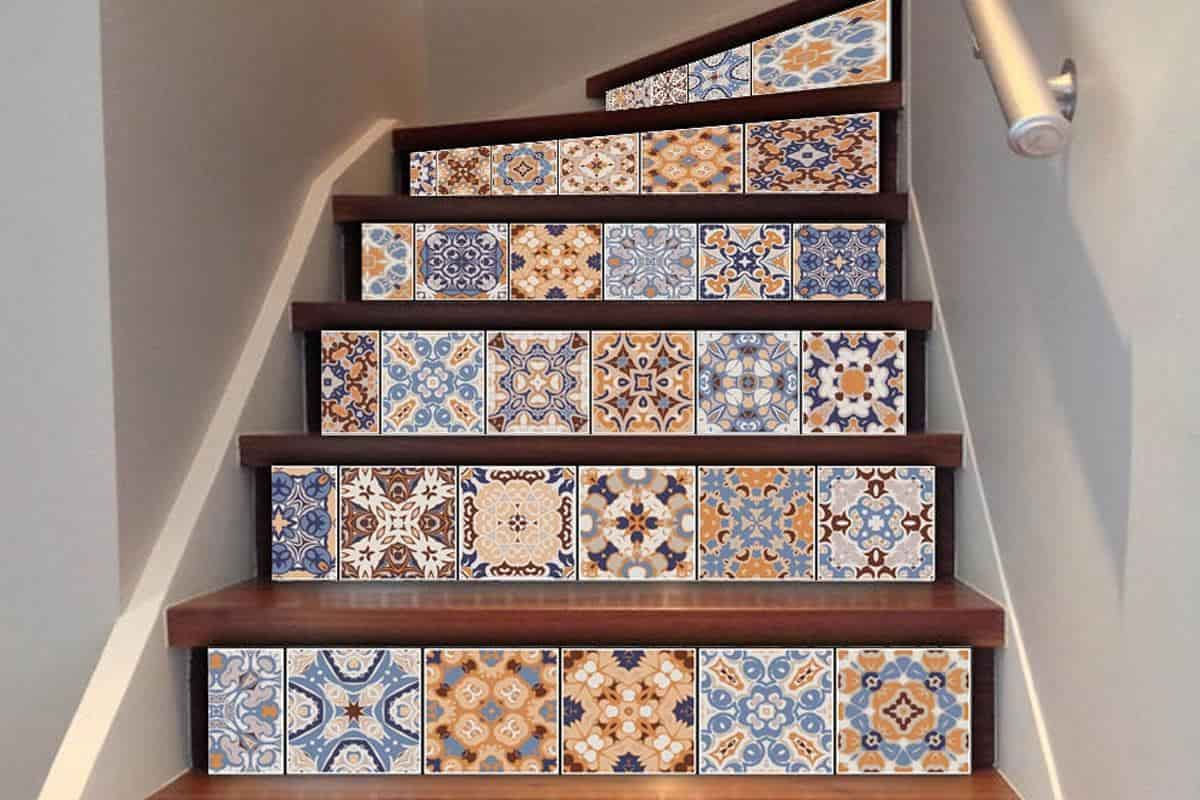
In this location, as in all others, there are minute imperfections that were done on purpose and range in color depending on the angle and direction of the light. At the same time, structures that were haphazardly placed produce tile patterns that are aesthetically pleasing.
The Streuwerk series features the design that appears to be the most up to date. It is also the most versatile collection out of the four that are available. As with every other collection, it can be easily personalized and is crafted according to the specifications of the customer.
During the manufacturing process, the pieces are coated in a fine glass granulate, which will later melt during the fire process to create a pearly, semi-transparent relief design.
On request, the designers at Ceramic District can create for customers motifs that include a floral motif, three different graphic designs, and customer-specific motifs.
The three-dimensional surface not only creates an elegant reflection of light, but it can also serve as a tactile feature if that becomes essential.
Streuwerk is available in five different shapes that may be combined, it is slip-resistant, and it can be mounted on floors as well as walls. According to Stefan Grimmeisen, “attention markings can be integrated on the floor in front of stairways, for example.”
According to a Scottish poet named Robert Gilfillan, who is credited with saying that poetry is truth “living in beauty,” truth can be found in the ancient: in production techniques that are still used today and in raw materials that are, for the most part, acquired locally.
In keeping with the concept of the short film, truth can be found in the ancient. The beauty of Ceramic District is unmistakable.
All tiles wholesalers and importers in the world are invited to have a long-term, reliable and profitable relationship with our enthusiastic team. Contact us to start negotiation.

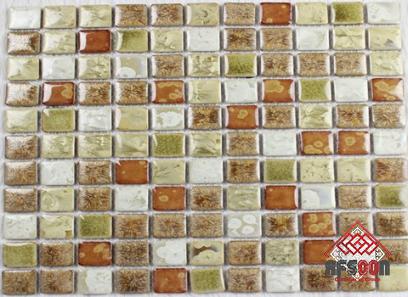

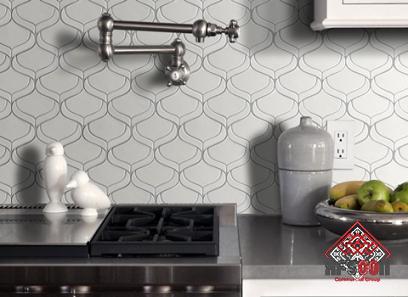
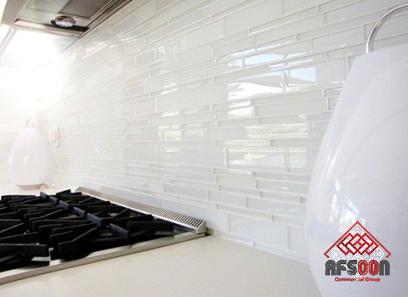

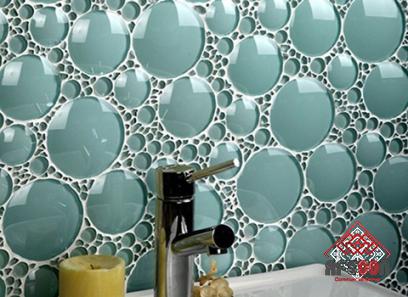

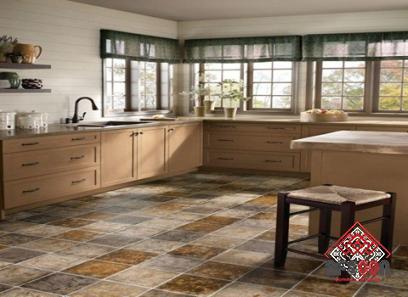
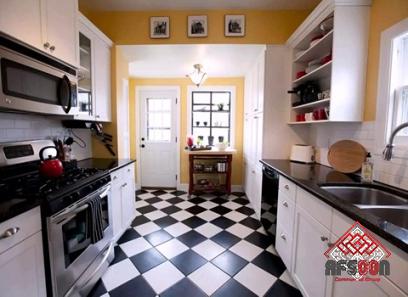
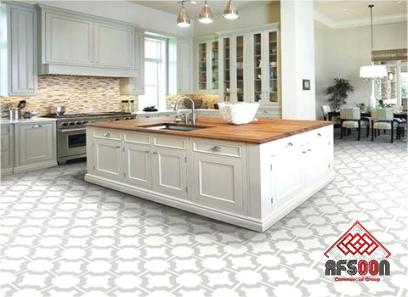
Your comment submitted.